Sideboards are versatile pieces of furniture that effortlessly combine functionality with style. They are an essential addition to dining rooms, living areas, or even bedrooms, serving as both storage solutions and decorative elements. Whether you’re looking to store dinnerware, organize household essentials, or showcase decor, sideboards offer a practical yet stylish option.
What is a Sideboard?
A sideboard, also known as a buffet, is a long, low-profile piece of furniture typically designed with drawers, cabinets, or shelves. Originally intended for dining rooms to store utensils and serve food, modern sideboards have transcended their traditional purpose to become multi-functional additions suitable for various settings.
Types of Sideboards
Sideboards come in diverse styles and designs, catering to different needs and aesthetics.
- Traditional Sideboards: These feature ornate detailing, rich wood finishes, and classic designs, ideal for vintage or formal interiors.
- Modern Sideboards: Characterized by sleek lines, minimalist designs, and neutral tones, these pieces suit contemporary spaces.
- Rustic Sideboards: Made with reclaimed wood or distressed finishes, rustic sideboards bring warmth and charm to casual or country-style interiors.
- Industrial Sideboards: Combining metal and wood, these designs emphasize a raw, edgy look perfect for urban settings.
- Mid-Century Sideboards: Known for their clean lines, tapered legs, and vibrant wood tones, mid-century designs are a timeless choice.
Materials Used in Sideboards
The choice of materials significantly impacts the look, feel, and durability of a sideboard.
- Wood: Solid wood, such as oak, walnut, or teak, is popular for its durability and classic appeal. Veneered wood offers a cost-effective alternative with diverse finishes.
- Metal: Industrial-style sideboards often incorporate steel or iron for a modern and sturdy appearance.
- Glass: Often used for doors or shelving, glass adds a touch of elegance and allows for decorative displays.
- Laminate and MDF: These materials are budget-friendly options offering various styles and finishes.
- Mixed Materials: Combining wood, metal, and glass creates unique, statement-making designs.
Uses of Sideboards
Sideboards are highly versatile, offering both storage and aesthetic benefits.
- Dining Room: Traditionally used to store dining essentials like plates, glasses, and cutlery, sideboards also double as serving stations during meals or gatherings.
- Living Room: Sideboards provide a stylish solution for organizing books, electronics, or decorative items like vases and photo frames.
- Entryway: Placed near the entrance, they can store shoes, keys, and other essentials while offering a surface for decor.
- Bedroom: Sideboards serve as additional storage for clothes, linens, or personal items.
- Home Office: Used to organize documents, office supplies, and technology, sideboards maintain a clutter-free workspace.
Factors to Consider When Choosing a Sideboard
Selecting the right sideboard involves considering several factors:
- Size: Measure your space carefully to ensure the sideboard fits without overwhelming the area. A balanced proportion is key to maintaining the room’s flow.
- Storage Needs: Assess your storage requirements—choose a sideboard with the appropriate combination of drawers, shelves, and cabinets.
- Style: Match the sideboard’s design to your room’s decor for a cohesive look.
- Material: Opt for durable materials that suit your lifestyle and desired aesthetic.
- Functionality: Look for features like adjustable shelves or soft-close drawers for added convenience.
Decorating a Sideboard
Styling a sideboard can enhance its visual appeal and integrate it seamlessly into your space. Use these tips to create a balanced look:
- Layered Decor: Combine items of varying heights, such as tall vases, framed art, and smaller accessories, to create visual interest.
- Mirrors and Artwork: Position a large mirror or statement artwork above the sideboard to anchor the space.
- Lighting: Add table lamps or candles for ambiance and functionality.
- Seasonal Touches: Swap decor elements seasonally, like fresh flowers in spring or festive accents during holidays.
Sideboard Trends
Modern trends in sideboard design reflect evolving tastes and lifestyles:
- Sustainable Materials: Eco-friendly sideboards crafted from reclaimed wood or responsibly sourced materials are increasingly popular.
- Bold Colors: Bright hues or two-tone finishes add a contemporary touch to sideboards.
- Custom Designs: Tailored sideboards allow for personalized dimensions, materials, and finishes to suit specific spaces.
- Floating Sideboards: Wall-mounted designs provide a sleek, modern look while saving floor space.
- Integrated Technology: Sideboards with built-in charging stations or smart storage solutions cater to tech-savvy users.
Maintenance and Care
To preserve the beauty and functionality of your sideboard, follow these maintenance tips:
- Regular Cleaning: Dust surfaces weekly with a soft cloth. Use appropriate cleaners for wood, glass, or metal.
- Avoid Heat and Moisture: Place sideboards away from direct sunlight, radiators, or damp areas to prevent warping or discoloration.
- Protect Surfaces: Use coasters, placemats, or protective pads to avoid scratches and stains.
- Check Hardware: Periodically tighten screws, hinges, and handles to maintain structural integrity.
Conclusion
A sideboard is more than just a storage unit; it’s a functional piece of art that enhances the charm and utility of any room. With a wide array of styles, materials, and designs available, sideboards can be tailored to suit every taste and requirement. Whether you prefer a sleek modern look or a rustic vintage feel, the right sideboard will elevate your space, offering practical storage and timeless elegance.

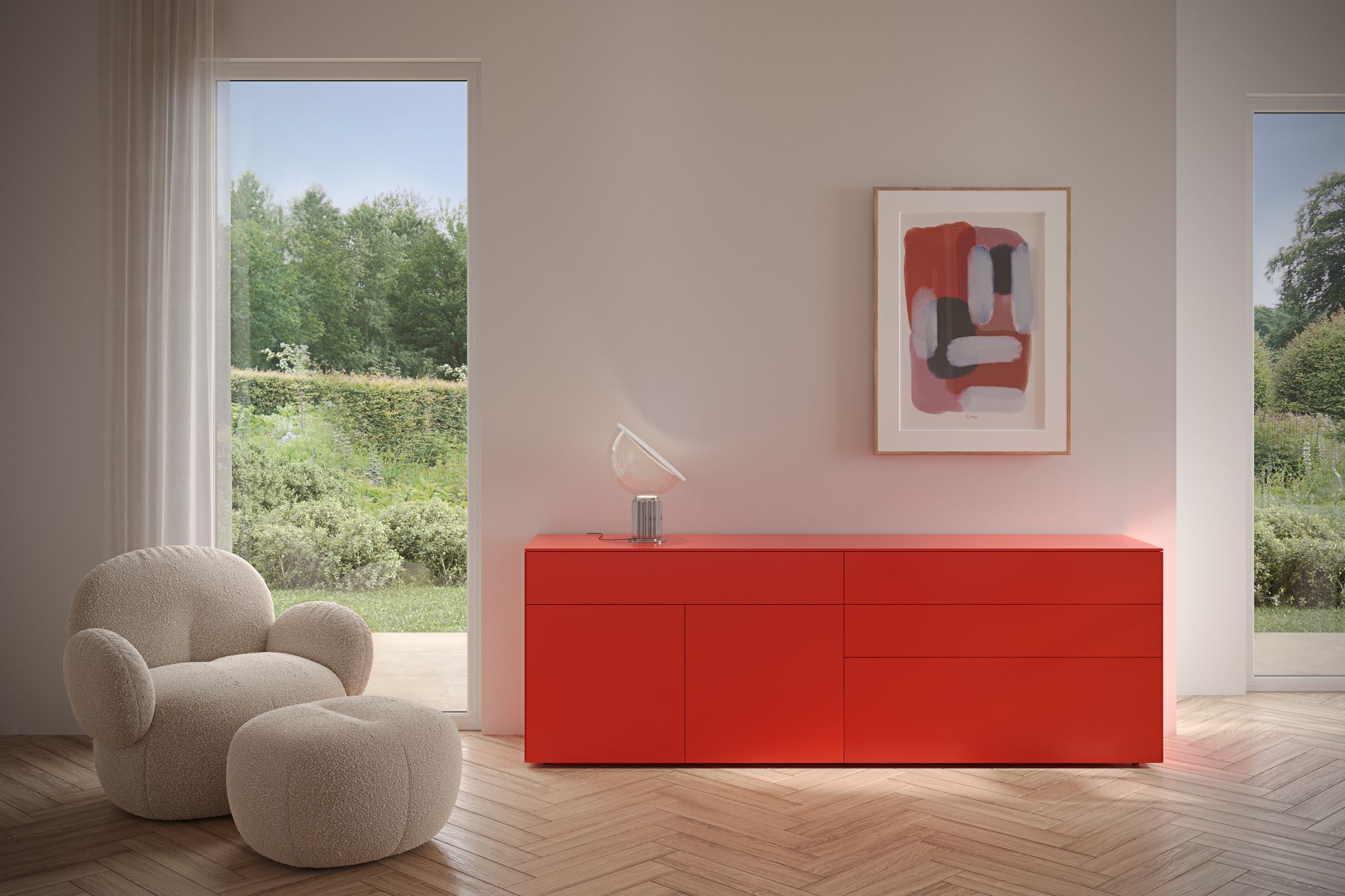
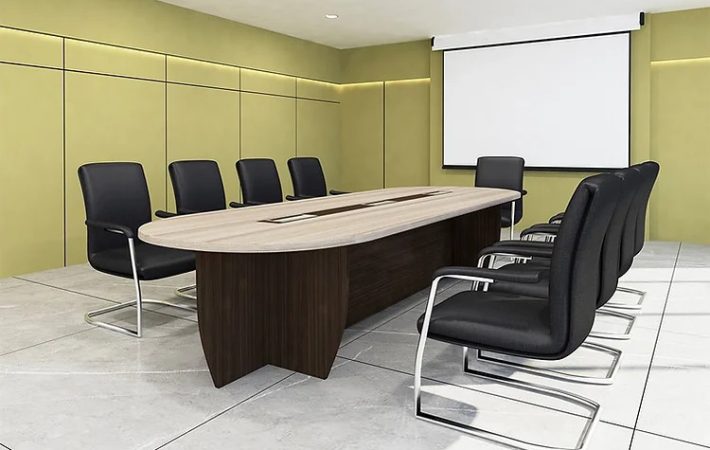
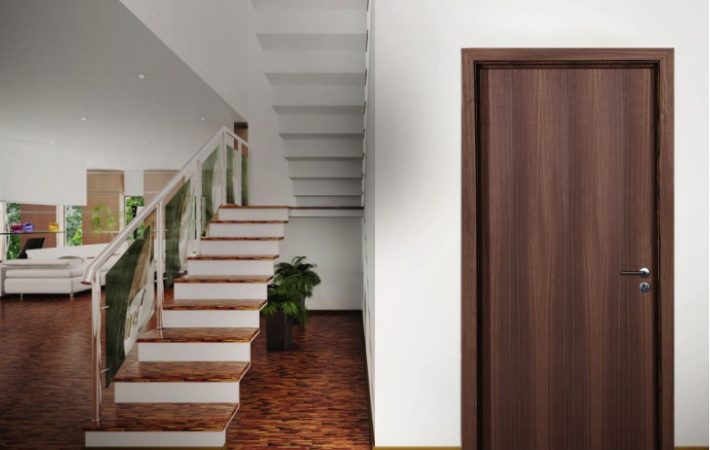
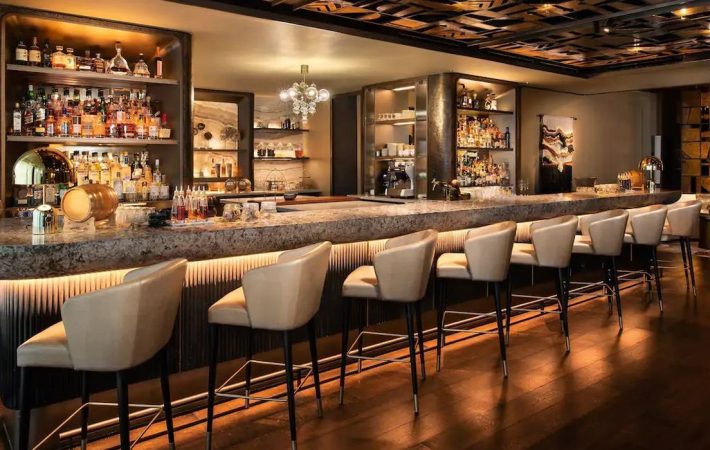
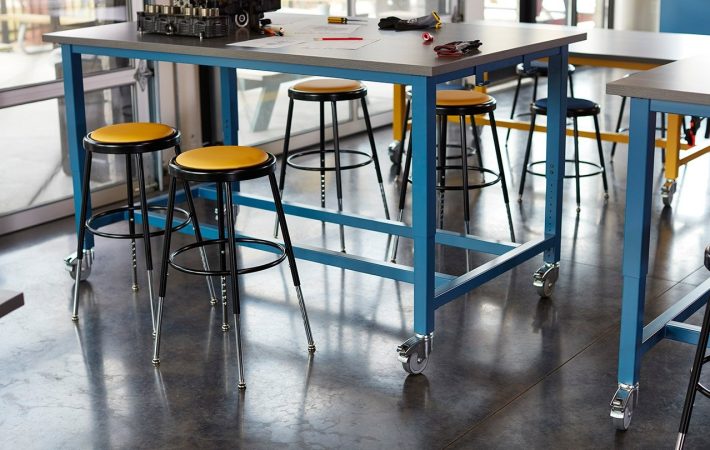
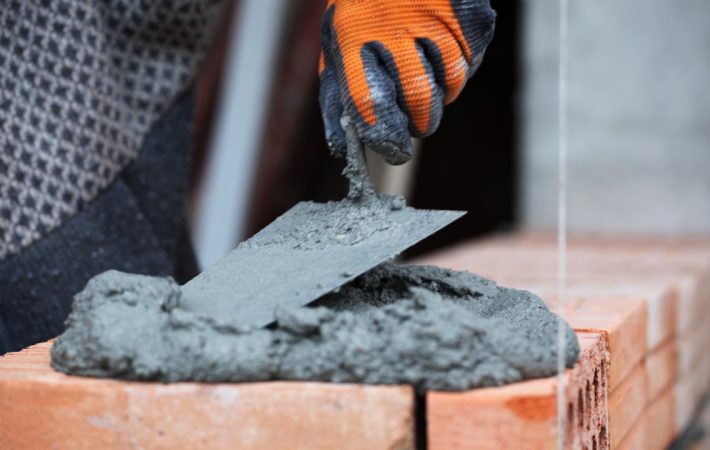
Leave a comment
Your email address will not be published. Required fields are marked *